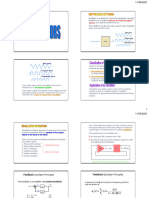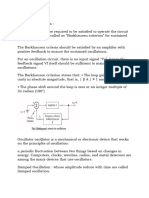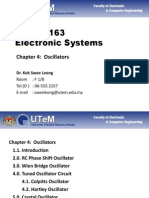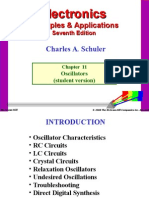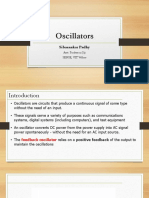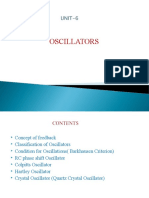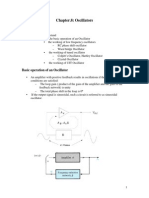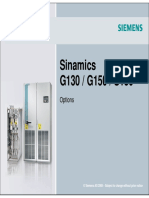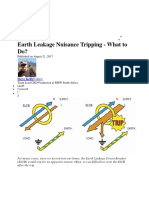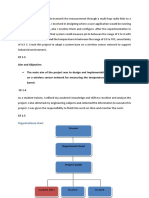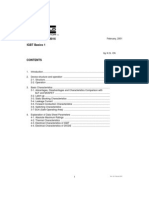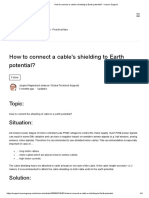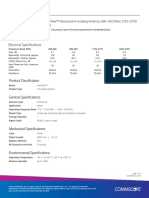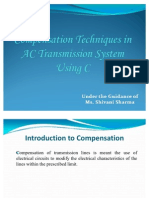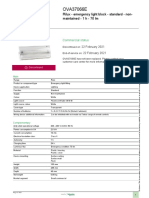0% found this document useful (0 votes)
34 views20 pagesCH 4 PT 1 Oscillator
This document outlines different types of oscillators including phase shift oscillators, Wein bridge oscillators, Colpitts oscillators, Hartley oscillators, and crystal oscillators. It provides an overview of oscillator operation and feedback conditions. For each oscillator circuit, it describes the operating frequency, amplifier gain, and feedback factor. The key differences between phase shift and Wein bridge oscillators as well as Colpitts and Hartley oscillators are highlighted. Crystal oscillators are noted for their stability and use in communication devices.
Uploaded by
Aiman HakimCopyright
© © All Rights Reserved
We take content rights seriously. If you suspect this is your content, claim it here.
Available Formats
Download as PDF, TXT or read online on Scribd
0% found this document useful (0 votes)
34 views20 pagesCH 4 PT 1 Oscillator
This document outlines different types of oscillators including phase shift oscillators, Wein bridge oscillators, Colpitts oscillators, Hartley oscillators, and crystal oscillators. It provides an overview of oscillator operation and feedback conditions. For each oscillator circuit, it describes the operating frequency, amplifier gain, and feedback factor. The key differences between phase shift and Wein bridge oscillators as well as Colpitts and Hartley oscillators are highlighted. Crystal oscillators are noted for their stability and use in communication devices.
Uploaded by
Aiman HakimCopyright
© © All Rights Reserved
We take content rights seriously. If you suspect this is your content, claim it here.
Available Formats
Download as PDF, TXT or read online on Scribd
/ 20









